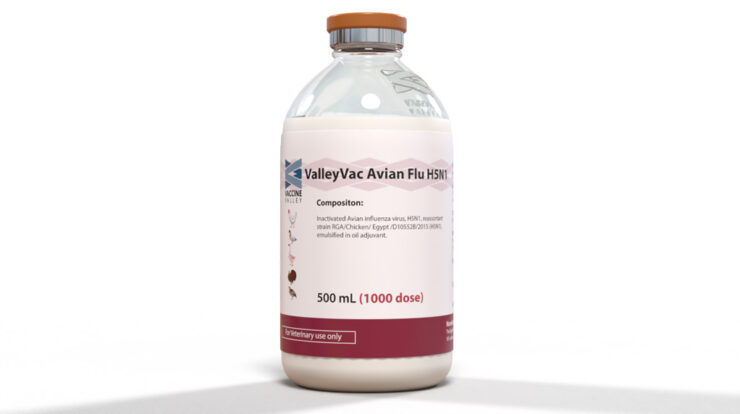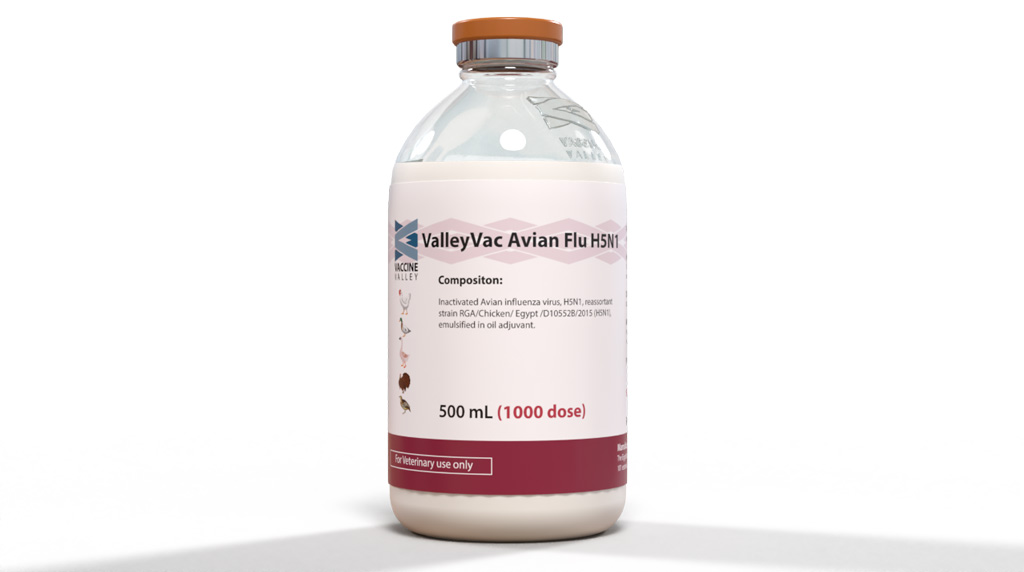
The H5N1 vaccine has emerged as a critical tool in the fight against avian influenza, offering protection against a highly pathogenic strain that has raised concerns among healthcare professionals and the public alike. This article delves into the development, efficacy, safety, target population, and future directions of the H5N1 vaccine, providing a comprehensive overview of its role in safeguarding global health.
As a part of the influenza vaccine family, the H5N1 vaccine has undergone rigorous clinical trials and studies to demonstrate its effectiveness against the H5N1 virus. While side effects are generally mild and transient, the vaccine has proven to be well-tolerated, making it a safe option for individuals at risk of infection.
H5N1 Vaccine: An Overview
The H5N1 vaccine is a type of influenza vaccine that is designed to protect against infection with the H5N1 strain of the influenza virus. The H5N1 virus is a highly pathogenic avian influenza virus that can cause severe respiratory illness and death in humans.
The H5N1 vaccine is made from inactivated H5N1 virus, which means that it cannot cause infection. The vaccine works by stimulating the body’s immune system to produce antibodies against the H5N1 virus. These antibodies can then help to protect the body from infection if it is exposed to the virus in the future.
The H5N1 vaccine was first developed in the early 2000s, and it has been shown to be safe and effective in clinical trials. The vaccine is currently licensed for use in several countries, including the United States, Canada, and the European Union.
The H5N1 vaccine is typically recommended for people who are at high risk of exposure to the H5N1 virus, such as poultry workers, travelers to areas where the virus is circulating, and people with weakened immune systems.
Efficacy and Safety of the H5N1 Vaccine
The H5N1 vaccine has been shown to be highly effective in preventing infection with the H5N1 virus. In clinical trials, the vaccine has been shown to reduce the risk of infection by up to 90%. The vaccine is also safe, and the most common side effects are mild, such as pain at the injection site, headache, and muscle aches.
However, it is important to note that the H5N1 vaccine is not 100% effective. There is a small chance that someone who is vaccinated could still get infected with the H5N1 virus. If you are vaccinated and you do get sick, it is important to see a doctor right away.
Early diagnosis and treatment of H5N1 infection can improve the chances of a full recovery.
Target Population and Vaccination Strategy: H5n1 Vaccine

The H5N1 vaccine is recommended for people who are at high risk of exposure to the H5N1 virus. This includes:
- Poultry workers
- Travelers to areas where the virus is circulating
- People with weakened immune systems
The H5N1 vaccine is typically given in two doses, spaced four weeks apart. The vaccine is available in both injectable and nasal spray forms. The injectable form of the vaccine is approved for use in people aged 6 months and older, while the nasal spray form is approved for use in people aged 2 years and older.
Comparison with Other Influenza Vaccines

The H5N1 vaccine is similar to other seasonal influenza vaccines in terms of efficacy and safety. However, the H5N1 vaccine is specifically designed to protect against the H5N1 strain of the influenza virus, while seasonal influenza vaccines protect against a variety of influenza strains.
The H5N1 vaccine is also recommended for people who are at high risk of exposure to the H5N1 virus, while seasonal influenza vaccines are recommended for everyone.
One advantage of the H5N1 vaccine is that it can be used in people who are allergic to eggs. Seasonal influenza vaccines are made using eggs, so they cannot be used in people who are allergic to eggs. The H5N1 vaccine is also available in a nasal spray form, which may be more convenient for some people.
Challenges and Future Directions

One challenge associated with the H5N1 vaccine is that it is not always effective against new strains of the H5N1 virus. The H5N1 virus is constantly mutating, and new strains of the virus can emerge that are resistant to the vaccine.
As a result, it is important to monitor the H5N1 virus and update the vaccine as needed.
Another challenge associated with the H5N1 vaccine is that it is not always available. The H5N1 vaccine is produced in limited quantities, and it can be difficult to get the vaccine during a pandemic. As a result, it is important to stockpile the H5N1 vaccine and make it available to people who need it most.
Concluding Remarks
The H5N1 vaccine stands as a testament to the advancements made in vaccine development, offering hope in the face of emerging infectious diseases. As research continues to refine and improve the vaccine, its role in protecting vulnerable populations and preventing widespread outbreaks will only become more significant.





